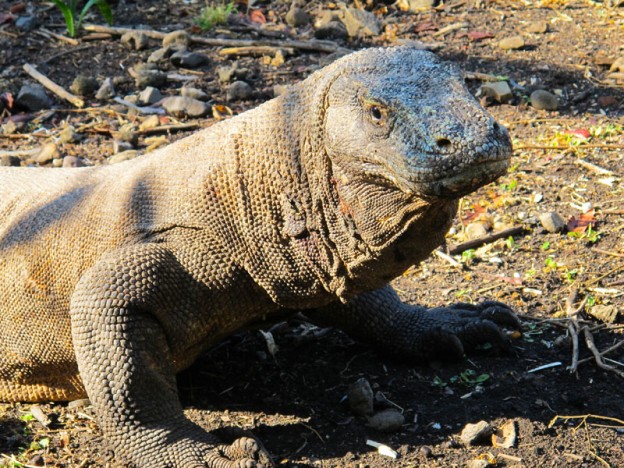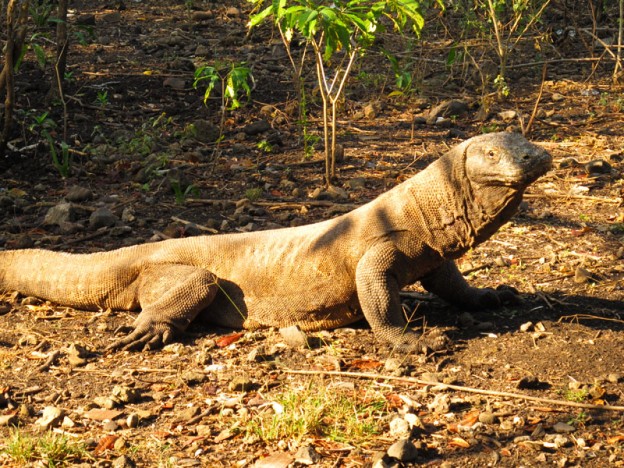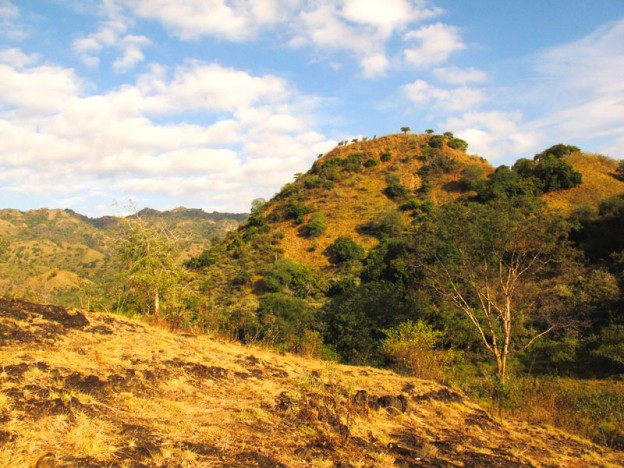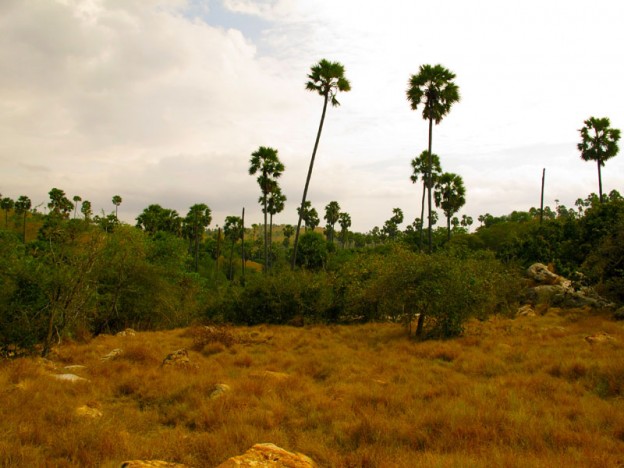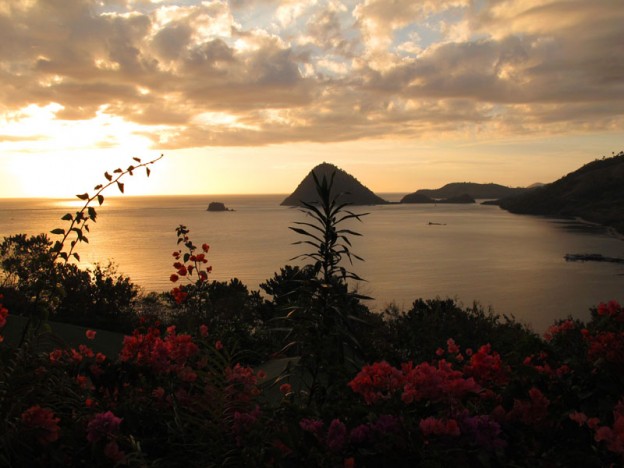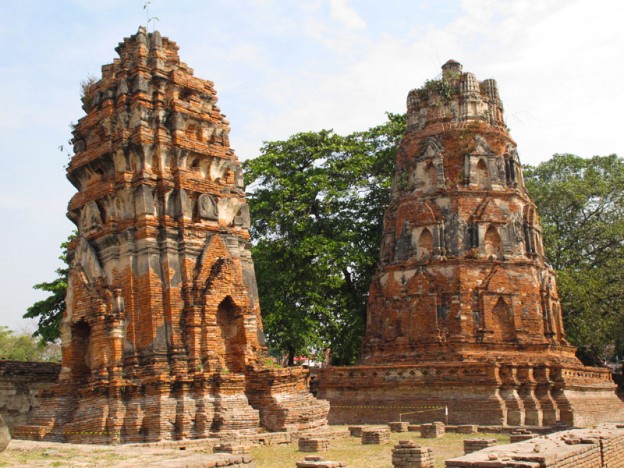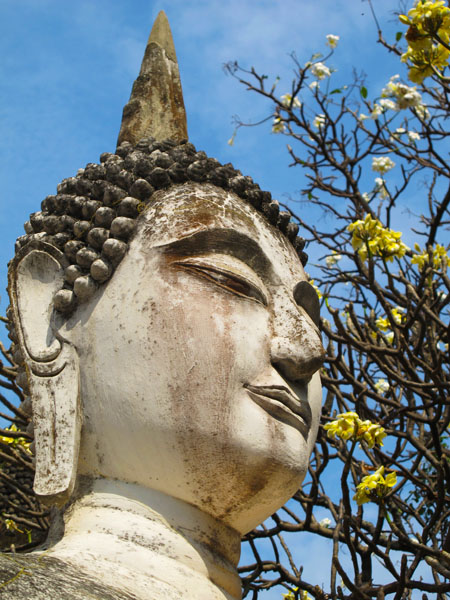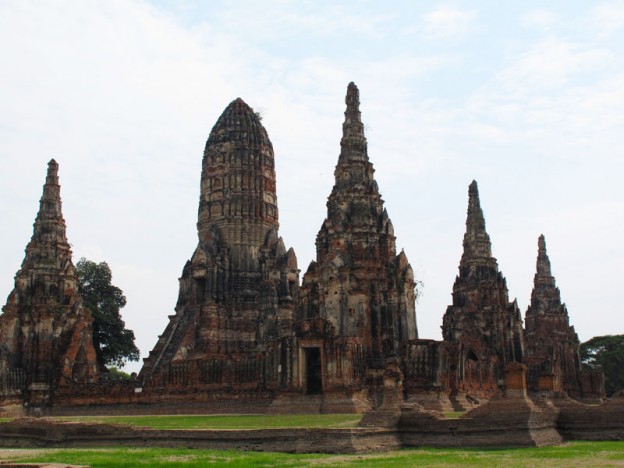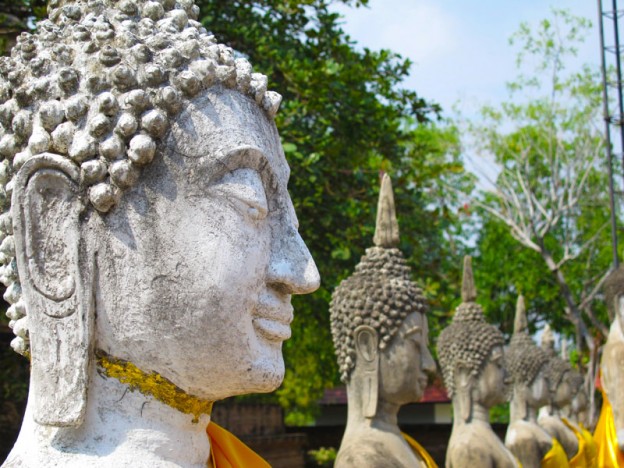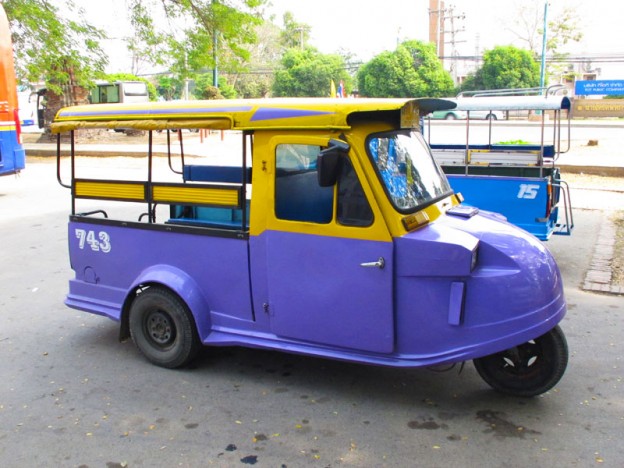When I first arrived at Nyaung-U in Bagan after a short flight from Yangon I was greeted with free wifi at the airport so I thought it wasn’t too bad. Then I saw my “taxi” to the hotel—a horse and carriage. I kid you not. This is a major form of transportation in Bagan—throughout much of Burma actually—with the possible exception of Yangon.
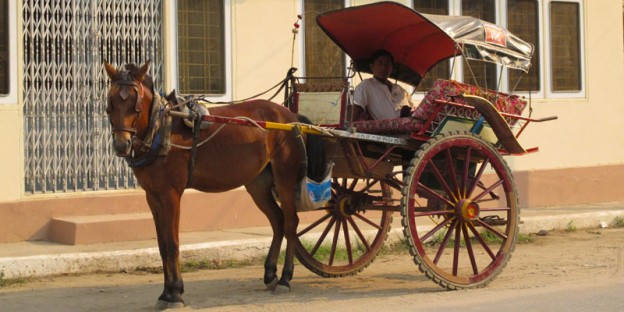 Bagan is a basic city in the center of Burma in the Mandalay region. It’s hard to believe this was once the capital of the kingdom that unified Burma. Today Bagan is small town located near the Ayeyarwaddy River in the “Dry Zone.” It’s hot. Really hot. And dry. Very dry. When you put those together you get dust. A lot of dust. In fact, it’s the dust that gives the famous temples of Bagan that beautiful hazy look in photos. Except, it’s not haze. It’s dust. Did I mention there’s a lot of dust?
Bagan is a basic city in the center of Burma in the Mandalay region. It’s hard to believe this was once the capital of the kingdom that unified Burma. Today Bagan is small town located near the Ayeyarwaddy River in the “Dry Zone.” It’s hot. Really hot. And dry. Very dry. When you put those together you get dust. A lot of dust. In fact, it’s the dust that gives the famous temples of Bagan that beautiful hazy look in photos. Except, it’s not haze. It’s dust. Did I mention there’s a lot of dust?
Temple are the main the draw of Bagan. There isn’t much else to see or do, but there are literally thousands of temples in the Bagan Archeological Zone, as it’s loving called by the government. Many of the temples are centuries old, others are new additions in the last decades. They represent a mix of Buddhist, Hindu and animist religions all coexisting at the time. Bagan went through a temple construction boom in 11th through 13th centuries that resulted in so many temples in such a concentrated space it’s staggering. Some archaeologists and historians believe it was this massive (and expensive) scale of construction that resulted in Bagan’s decline, though the evidence doesn’t really bear that theory out.
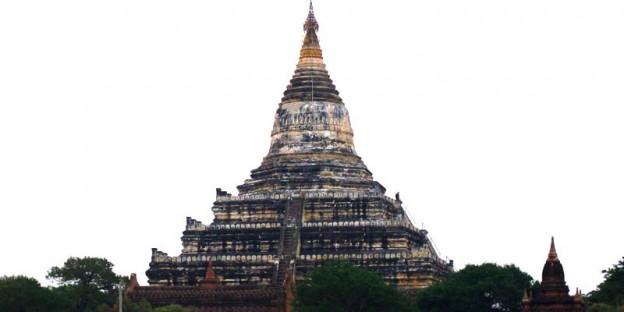 Nonetheless, when you build so many temples so fast they aren’t always constructed very well and many are crumbling as a result. No worries, the same shoddy construction techniques that were used to build the temples are being used to “restore” them. That restoration is questionable at best, and severely damaging at worst. Several temples have been “restored” to the point that they are nothing like the original, with no regard to their original architecture, materials or designs. The military government even built a golf course (!) and highway next to the temples—so close that the asphalt touches some temples. These “restorations” are likely the reason UNESCO hasn’t designated Bagan a World Heritage Site.
Nonetheless, when you build so many temples so fast they aren’t always constructed very well and many are crumbling as a result. No worries, the same shoddy construction techniques that were used to build the temples are being used to “restore” them. That restoration is questionable at best, and severely damaging at worst. Several temples have been “restored” to the point that they are nothing like the original, with no regard to their original architecture, materials or designs. The military government even built a golf course (!) and highway next to the temples—so close that the asphalt touches some temples. These “restorations” are likely the reason UNESCO hasn’t designated Bagan a World Heritage Site.
Despite all that, the temples are a site to be seen. There are literally 2,200 remaining of the original 10,000 temples and they are just a few miles outside of New Bagan (the government forcibly moved people from Old Bagan to “preserve” it). Most people ride a bicycle to the temples, take a horse and carriage, or do what I did which is take a jeep (this assumes you aren’t part of tour package in which case you’re bused in).
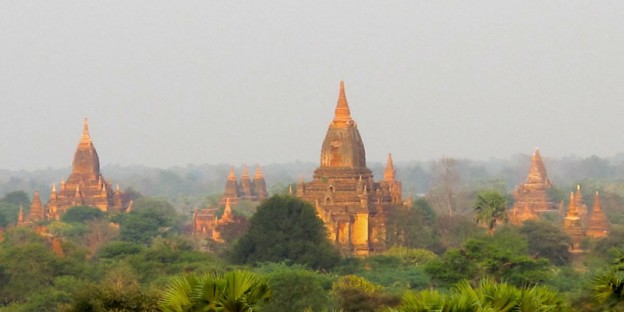 I opted for the jeep because it was just too hot to ride out to the temples and back, and because my friend can’t ride a bike. Yes, there are people who can’t ride bikes and I didn’t know they existed until now. The jeep turned out to be a good choice, even if a bit expensive (20,000 kyat each day, about $25). The temples are rather spread out, but with a jeep we managed to see most of the main temples like Dhammayangyi and Ananda in the mornings before it became too hot. All of that was good because I was hit pretty hard by an allergy attack from the horses and dust.
I opted for the jeep because it was just too hot to ride out to the temples and back, and because my friend can’t ride a bike. Yes, there are people who can’t ride bikes and I didn’t know they existed until now. The jeep turned out to be a good choice, even if a bit expensive (20,000 kyat each day, about $25). The temples are rather spread out, but with a jeep we managed to see most of the main temples like Dhammayangyi and Ananda in the mornings before it became too hot. All of that was good because I was hit pretty hard by an allergy attack from the horses and dust.
The temples are best seen at dusk, though dawn is supposed to be nice too. Dawn was very underwhelming for me. I think this was just the time of year. Climbing the massive temples and looking across the flat landscape at the thousands of other temples is truly impressive site whether it’s morning or evening. Up close, the temples are still very interesting though not as impressive. They are all very similar and most lack intricate carvings and art, though a small few do have some.
 Once you’ve seen 20 or so of these temples, you start to feel like you’ve seen them all. Yet, you can’t help but be awed by the fact there are thousands of temples all around you. Some are built practically on top of each other, some are huge while others are really small, most are red and a few are white. The landscape is literally covered with ancient temples making Bagan a wonderful place to spend a few days exploring.
Once you’ve seen 20 or so of these temples, you start to feel like you’ve seen them all. Yet, you can’t help but be awed by the fact there are thousands of temples all around you. Some are built practically on top of each other, some are huge while others are really small, most are red and a few are white. The landscape is literally covered with ancient temples making Bagan a wonderful place to spend a few days exploring.
